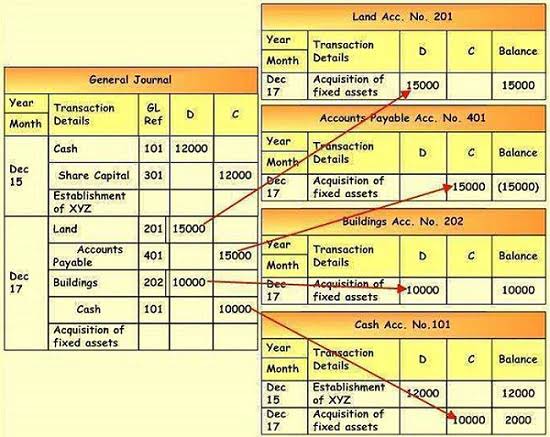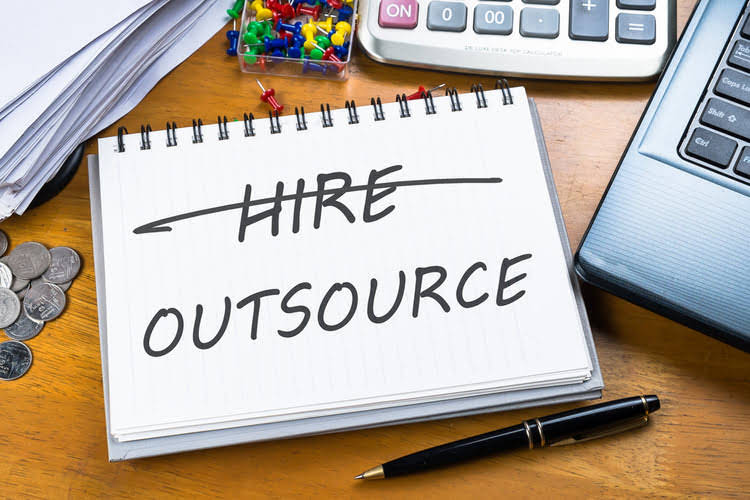
Understanding what makes up the cash flow from investing activities is an important step on the way to performing more accurate, contextual, and valuable cash flow analyses. Calculating cash flow from investing activities is incredibly straightforward. This might include the purchase or sale of securities like stocks and bonds, though it’s more typically related to the sale or purchase of capital equipment. Either way, the operating cash flow should be the same between the direct and indirect method, because the goal is always to show money leaving or entering a business over a given period. On the flip side, virtual accountant he explains that negative cash flow from operations could be an indicator that something isn’t going well with the company and might require additional research.

Negative cash flow
Cash flow from investing activities provides insights into a company’s capital expenditure and investment strategies. It helps stakeholders assess the company’s ability to invest in growth opportunities, acquire assets, and manage its long-term financial health. A positive net cash flow from investing activities indicates that a company is generating more cash from its investing activities than it is spending. investing activities This suggests that the company is effectively managing its investments, potentially acquiring assets or making strategic investments to enhance future growth and profitability.

Healthy cash flow
On the other hand, if there is a unearned revenue pattern of cash flow issues, that could be a warning sign that the company isn’t managing its money well. If you see a negative cash flow, it’s worth looking into the reason to determine whether or not it’s cause for concern. Plus, there’s a risk that even with a good explanation for negative cash flow, things might not work out. An accountant, for example, might not collect all of the money it’s owed, and thus its revenue would be less than expected and it might have spent money it didn’t have.
HighRadius Named an IDC MarketScape Leader for the Second Time in a Row For AR
Owens also recommends looking at the financing section, particularly to see if the business is bringing in most or all of its cash from loans or other sources of financing. Vincent needs to buy more equipment but also figures that much of his existing equipment is outdated and could do with being replaced. Therefore, he sells off his existing equipment for £25k and purchases his new equipment for 100k. Marketable securities (stocks, bonds, shares, etc.) are a lot more liquid, meaning they’re much easier to convert to cash.
- In a nutshell, we can say that cash flow from investing activities reports the purchase and sale of long-term investments, property, plants, and equipment.
- Also, proceeds from the sale of a division or cash out as a result of a merger or acquisition would fall under investing activities.
- Analyzing the cash flow statement is extremely valuable because it provides a reconciliation of the beginning and ending cash balance on the balance sheet.
- But by separating the different cash-related activities in the cash flow statement, the true story emerges.
- You’ll notice that the main investing activity for Texas Roadhouse was CapEx.
While there are lots of ways to measure the financial health of a company, one of the most important documents to consider is a cash flow statement. This document provides an important snapshot of money coming in and out of a company. While it’s not the only financial metric that matters, a strong cash flow generally means a business is in a healthy position — otherwise, it could be struggling to meet payroll or order inventory, for example. Although a company may report a negative cash flow in investing activities, it doesn’t necessarily mean that it’s going to have a negative impact on the business. So, as you can see, in the case of Vincent’s investing activities example there is a negative net cash flow from investing activities of -£225k.

The Bank of America® Cash Flow Monitor is one example of a tool that can track your business’s performance. Identifying potential shortfalls in advance will give you time to find and implement a solution. Companies can use free cash flow (in combination with a discounted cash flow analysis) as a metric to determine how much cash the company can spend on new projects or other uses for outflows of cash.
- Non-current assets (long-term assets) are assets that are expected to deliver value and benefits in the long run (1+ years).
- Overall Apple had a positive cash flow from investing activity despite spending nearly $30 billion on the purchase of marketable securities.
- He is an expert on personal finance, corporate finance and real estate and has assisted thousands of clients in meeting their financial goals over his career.
- After you get all these items on a cash flow statement table, you calculate the sum of all these items to get the cash flow from investing activities.
- There are two main items in non-current assets – Land and Property, Plant and Equipment.
- “Make sure you understand the story that these financial reports are presenting to you,” Tucker says.
Advance Your Accounting and Bookkeeping Career
Cash flow from investing activities is the third section of the cash flow statement. These numbers are often correlated but don’t always move in the same direction. For example, a company could have positive profit but negative cash flow, due to waiting on payments from accounts receivable. A company can have positive or negative cash flow, or alternatively, it can generate positive profits or negative profits, which are generally described as losses. Businesses can obtain cash from various activities, ranging from selling their goods and services to selling securities at a profit. The most basic sources of cash, for example receiving income from customers, are outlined in the operating activities section of the cash flow statement.
- The three sections of Apple’s statement of cash flows are listed with operating activities at the top and financing activities at the bottom of the statement.
- Another interesting aspect to look into this CFI is the column of proceeds from the disposal of fixed assets and proceeds from the disposal of a business.
- Texas Roadhouse is growing briskly and spends plenty on CAPEX to open new restaurant locations across the U.S.
- Cash flow from investing activities includes various cash transactions incorporating the nature of the acquisition and disposal of long-term assets are included in cash flow from investing activities.
- While this signals a negative cash flow from investing activities in the short term, it may help the company generate cash flow in the longer term.
- One of the sections of the cash flow statement is cash flow from investing activities.
- Further, a company that keeps generating negative cash flow might have to lay off employees in order to generate positive cash flow.
Cash flow from investing activities can be found on the cash flow statement. Along with this, expenditures in property, plant, and equipment fall within this category as they are a long-term investment. For example, a company might be investing heavily in plant and equipment to grow the business. These long-term purchases would be cash-flow negative, but a positive in the long-term.
Ready to save time and money?
If a company reports a negative amount of cash flow from investing activities, that’s a good clue that the business is investing in capital assets, which means in the future, you can expect their earnings to grow. That’s especially true in capital-driven industries like manufacturing, which require big investments in fixed assets to grow their businesses. In a nutshell, we can say that cash flow from investing activities reports the purchase and sale of long-term investments, property, plants, and equipment. An item on the cash flow statement belongs in the investing activities section if it is the result of any gains (or losses) from investments in financial markets and operating subsidiaries.

Leave a Reply